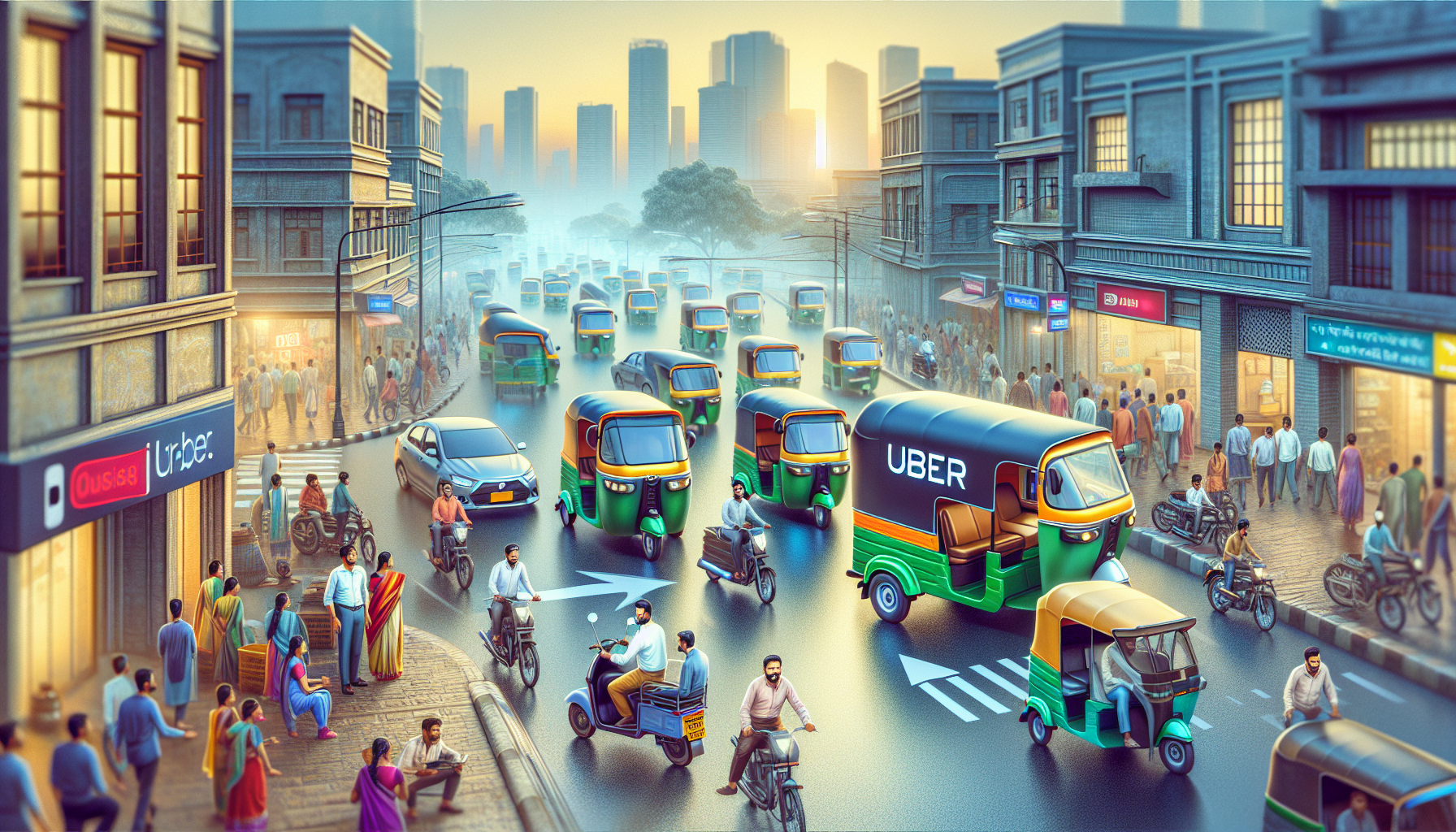Uber Shifts Gears: A Fresh Fee Model for Auto Rickshaw Drivers in India
In a bold new move, Uber is set to shake up the transportation landscape in India by ditching its traditional commission-based model for auto rickshaw drivers in favor of a daily fee. This shift comes as a response to the rising competition from local players such as Rapido and Namma Yatri, aiming to provide a more sustainable model for the drivers. So, what does this mean for the industry and the drivers? Let’s dive deeper.
A Historic Turn in Uber's Strategy
Back in 2015, Uber introduced its auto-rickshaw service in India, only to pause it by year-end. When it made a comeback in 2018, it sought to challenge conventional business models. Fast forward to 2025, Uber is reimagining the way auto rickshaws operate within its platform. By transitioning from a commission model—which typically ranged from 25-40% of ride fare—to a flat daily fee ranging from $0.23 to $0.46 (20-40 Indian rupees), Uber is offering a renewed financial structure that promises stability for drivers.
Only in India?
Not quite. While India is the current focus, Uber has already piloted similar subscription-based models in Bangladesh and parts of Southeast Asia. The applicability of this system to other markets remains an open question, especially considering the unique dynamics of the ride-hailing industry in each region.
The Impact on Riders and Drivers
For drivers, this shift could mean more predictable daily expenses, but it also places the onus on them to secure enough rides to cover the fee and turn a profit. As for riders, they will need to adapt to a cash or UPI-based payment system directly with the driver—sans any Uber credits or promotions. The added twist? The haggle factor is back—Uber will only suggest fares, leaving room for negotiation.
Uber's Continued Evolution
This strategic pivot for auto rickshaws does not extend to Uber’s four-wheeler operations in India, which still function under the commission model. However, it underscores an ongoing process of adaptation and innovation for Uber in the face of fierce competition from local giants like Ola, Rapido, and the burgeoning Namma Yatri.
Considering the substantial portion—about 25%—of India's motorized trips conducted by auto rickshaws, this model adapts Uber's global framework to local preferences and regulatory landscapes. Whether paving the way for similar innovations elsewhere or uniquely suiting the Indian market, one thing is clear: Uber's model keeps evolving to connect supply with demand efficiently.
As Uber continues to tweak its approach, it’s a reminder of the agility necessary for survival in today’s competitive tech landscape. One can only wonder what’s next for the ride-hailing behemoth on its journey to redefine urban mobility.






